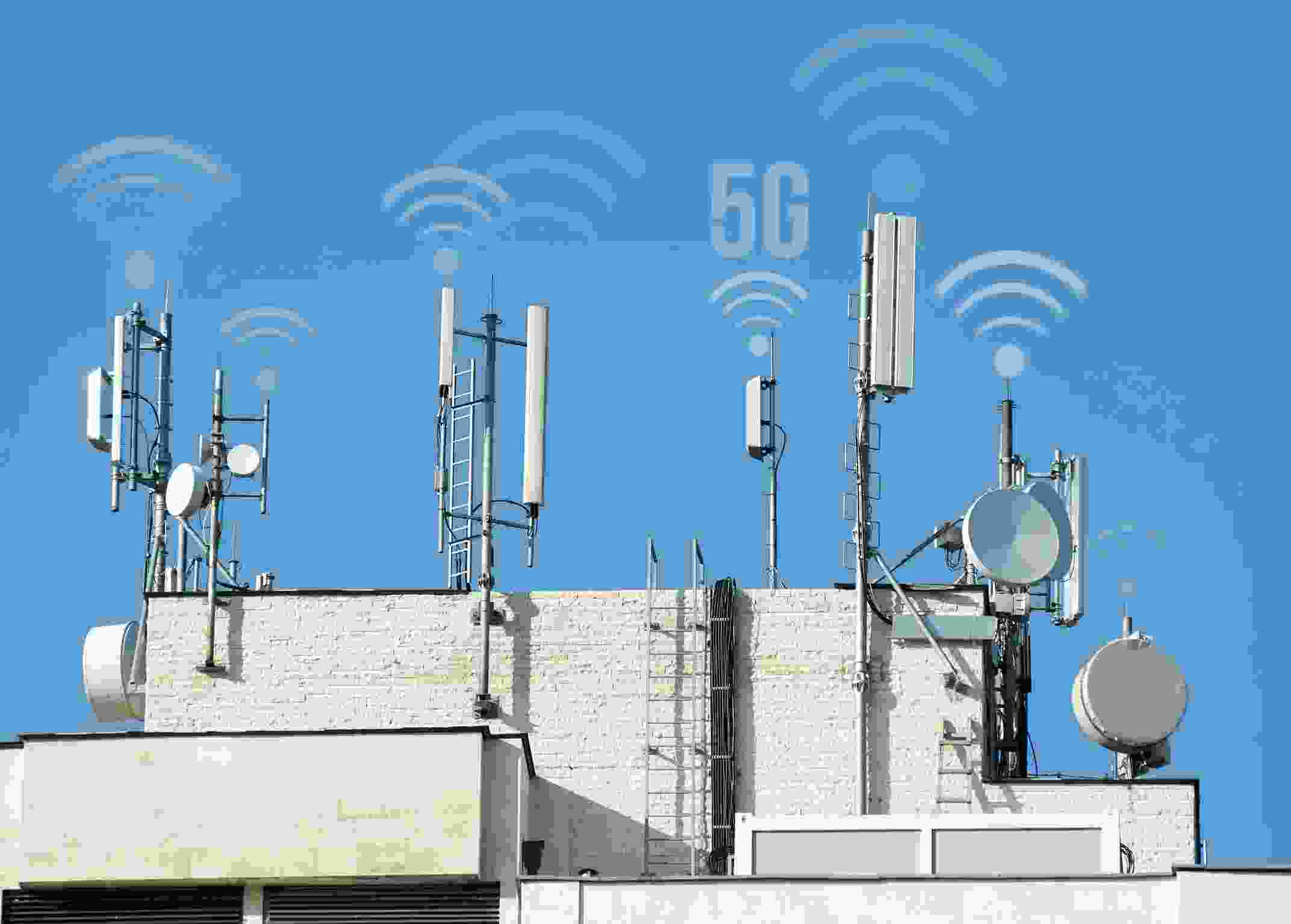If you've ever wandered through a city you might have noticed tiny cell towers for 5G on street light poles. They look like little boxes, but they're actually broadcasting wireless signals from cellular providers to your mobile.
These smaller towers are replacing larger built cell towers. While they're not as noticeable but they can still create problems for those who live nearby.
A of the FCC's Radiation Exposure Thresholds
The FCC's Radiation Exposure Thresholds define the maximum amount of time one can expose to electromagnetic energy from wireless devices. what is a safe distance from a cell tower are based on research that show that RF energy could be harmful to human health.
The rate of absorption called the specific absorption rate (SAR) is an indicator of the amount of radiofrequency energy that is absorption by tissues. safe distance from cell tower is typically 1.6 Watts per kilogram spread over a Gram of tissue.
Since 5g is able to transmit at higher frequencies and has the potential to cause greater energy intensity on the skin and other exposed body parts. This could result in many possible harms, like the formation of skin disorders such as dermatitis and cataracts and skin cancer.
Due to the potential for harmful effects of radiation from 5G, PSU has chosen to create a general limits on power density, which is 4mW/cm2 measured across 1 centimeter, and never exceeding 30 minutes for all 5G services running at 3000 GHz. This localized limit is consistent with the maximum SAR spatial-average of 1.6 W/kg, which is averaged over 1 5 grams of body tissue, at 6 GHz.
The FCC's Maximum Exposure Thresholds
If you've ever operated a cell phone, you probably know that the safest range from the tower is at least 400 meters away. This is due to the power of the transmission of a cell tower increases dramatically the further you are from it.
While it sounds like an ideal idea, the reality is that people living in close proximity to towers could be more vulnerable to health issues. For example, a study from 2014 in India discovered that those who lived within 50 meters from cell towers suffered much more health problems than those living further distance from them.
But, the study revealed that those who relocated to areas that were further from cell towers experienced their symptoms improve within a few days. Another study has demonstrated that exposure to extreme amounts of electromagnetic field radiofrequency (EMFs) can cause brain tumors, cancer, and other health problems.

This is because RF radiation, which is used for wireless communication, has the ability to penetrate the body's outer layer, which is the skin. It is vital to be aware of this since the skin serves as a protective barrier against injury to the body, infection from pathogenic microorganisms, as well as the entry of harmful substances. Additionally, it is the biggest organ of the human body, and is accountable for protecting other organs.
The FCC's Minimum Exposure Thresholds
The FCC's Minimum Exposure Thresholds rely on a variety of assumptions that aren't supported by scientific evidence. They include the false belief that exposures to RF radiation are safe due to the limited absorption into body (i.e. thermal heating of tissue).
This assumption does not take into account the greater penetration of ELF elements of modulated radio signals as well as the effects on the body of short bursts from pulsed RF waves. These assumptions are not in line with the current understanding of biological consequences of RF radiation. Therefore, they should not be relied upon for health-protection exposure standards.
Additionally there is the fact that both ICNIRP and FCC limit their maximum limit of exposure to the local SARs, based on the peak speed of spatial absorption (psSAR), which can be described as not a sufficient dosimetric tool to assess the amount of exposure to RF radiation. In particular the psSAR tool is not accurate when frequencies exceed 6 GHz. Additionally, psSAR hasn't been evaluated for RF radiation with co-exposure to other agents of the environment such as sunlight. The interactions of RF radiations with different environmental agents could cause synergistic or antagonistic impacts. This would result in an increased risk of negative health adverse effects. For instance, exposure to RF radiation and sunlight could raise the chance of skin cancer and exacerbate other skin conditions like acne.
